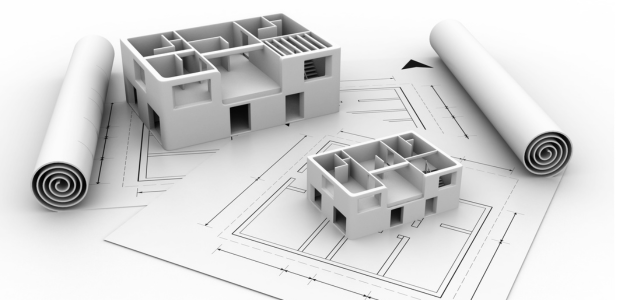
In this blog, we explore how sustainable construction isn’t just environmentally responsible, but also economically advantageous. Today, we look into a recent presentation by Mansour Faried, HQ Chief Engineer at CSCEC Middle East, on targeting ultimate eco-friendly construction through 3D printing—a promising yet slow-progressing technology in the construction industry.
Understanding Green vs. Sustainable Buildings
Before talking about 3D printing, Mansour clarified the difference between green and sustainable buildings. While green buildings focus on reducing CO2 emissions, sustainable buildings embrace a broader approach, integrating environmental, social, and economic factors. In essence, sustainability in construction encompasses reducing, reusing, and recycling materials, and aims to enhance well-being and profitability alongside environmental considerations.
The Promise of 3D Printing in Construction
3D printing, hailed as the third industrial revolution, follows automation and mass production in transforming industries. Unlike traditional methods that rely on repetition and standardisation, 3D printing allows for unique, custom designs without compromising on efficiency. This innovation can potentially revolutionise construction by minimising waste, reducing labour costs, and enabling complex architectural designs.
Environmental Impact and Debates
Despite its promise, 3D printing’s environmental benefits are debated. While it can reduce material waste, it often requires more cement, leading to higher CO2 emissions. However, when powered by renewable energy, 3D printing can compete favourably with traditional methods in terms of sustainability. Moreover, its ability to integrate various functions (e.g., ducts, cable trays) into the structure can enhance overall efficiency.
Challenges and Limitations
Mansour highlighted several challenges impeding the widespread adoption of 3D printing in construction:
- Standardisation Issues: The lack of standardised regulations and processes hinders the technology’s scalability. Different projects and conditions require unique solutions, making it difficult to establish universal standards.
- Material Properties: Balancing the material properties needed for 3D printing is complex. The material must be flowable yet quick-setting to support subsequent layers, and this balance is hard to achieve consistently.
- Tensile Strength: The bond strength between layers is weaker compared to within layers, posing structural integrity issues, especially under bending moments.
- Reinforcement Integration: Incorporating reinforcement into 3D printed structures is challenging due to the limitations of current printing technologies and machine movements.
- Regulatory and Software Limitations: The absence of specific regulations and compatible structural analysis software makes it difficult for engineers to validate the integrity of 3D printed structures.
Potential Solutions
To overcome these challenges, Mansour proposed several solutions:
- Product Standardisation: Instead of standardising the process, focus on standardising the final product. Develop testing criteria that all 3D printed products must meet, allowing for more flexibility in the manufacturing process.
- Structural Element Definition: Define certain areas within the structure as key structural elements that can be cast monolithically to avoid interlayer tensile strength issues.
- Value-Added Integration: Utilise 3D printing for elements where it adds significant value, such as incorporating ducts, cable trays, waterproofing admixtures, and architectural finishes directly into the printed structure.
By leveraging these strategies, 3D printing can become more competitive and viable, leading to broader adoption in the construction industry.
Conclusion
In conclusion, while 3D printing in construction faces several challenges, it holds immense potential for creating sustainable, efficient, and economically viable buildings. By addressing standardisation issues, optimising material properties, and integrating multiple functions into printed structures, the construction industry can harness the full benefits of this revolutionary technology.
Digital Construction Hub releases new articles, and construction technologies updates on weekly basis and promotes all new content through digital marketing updates. You can read more articles here.














